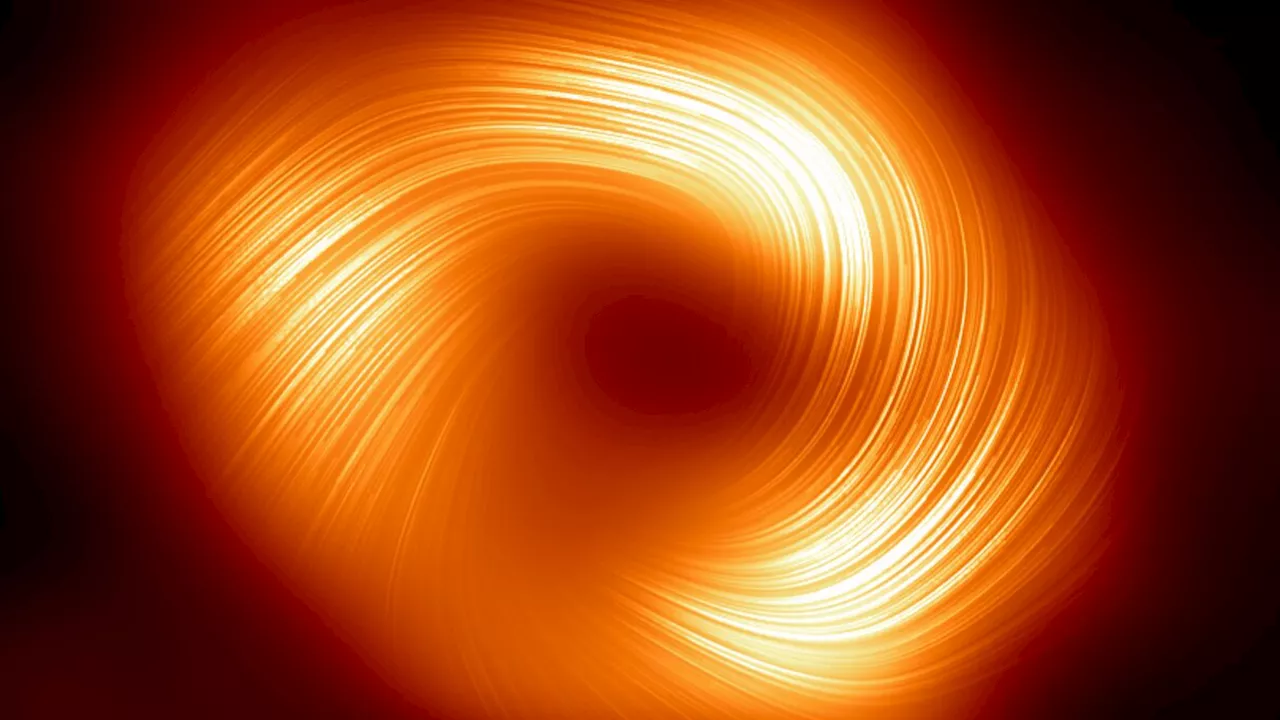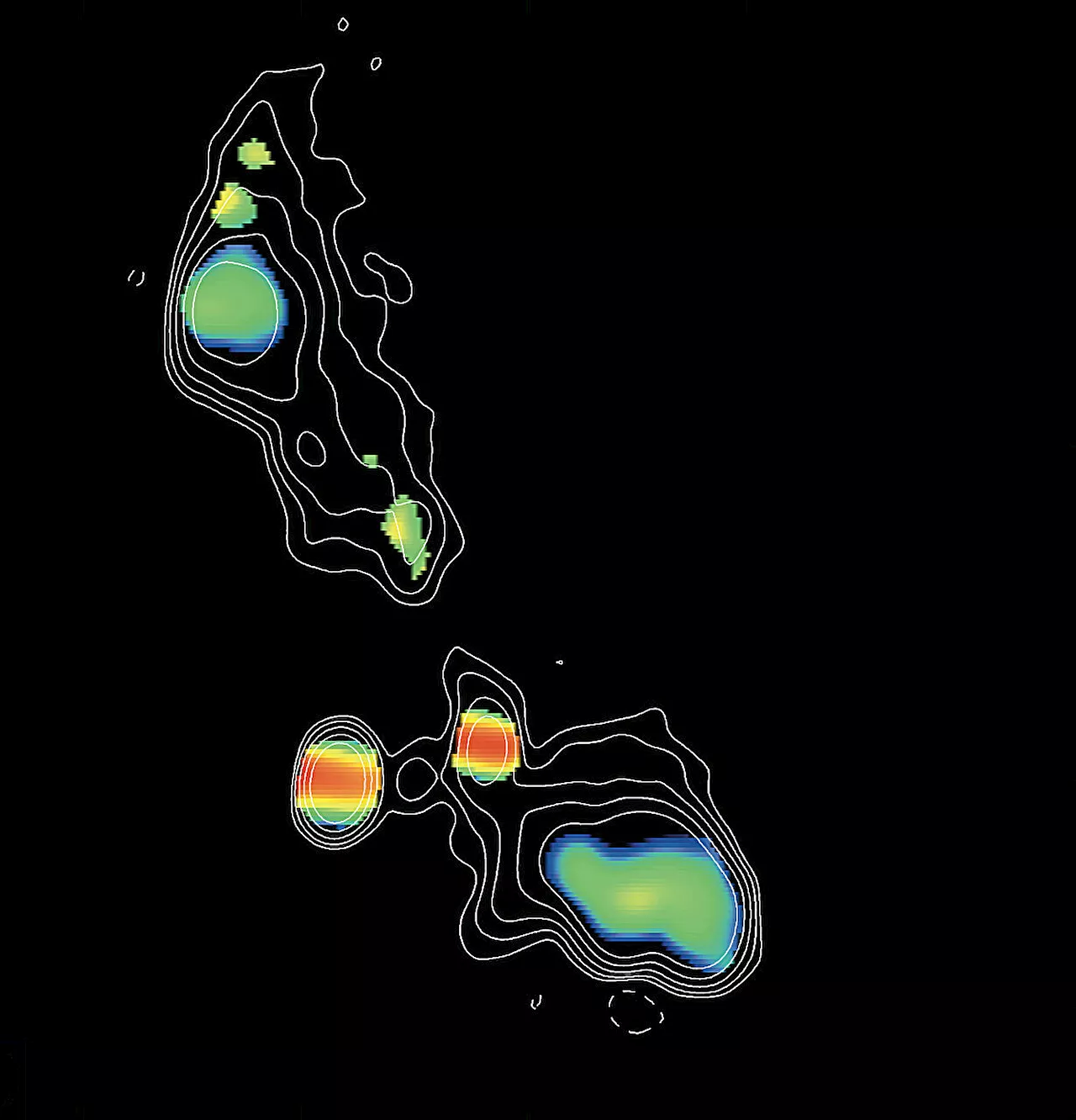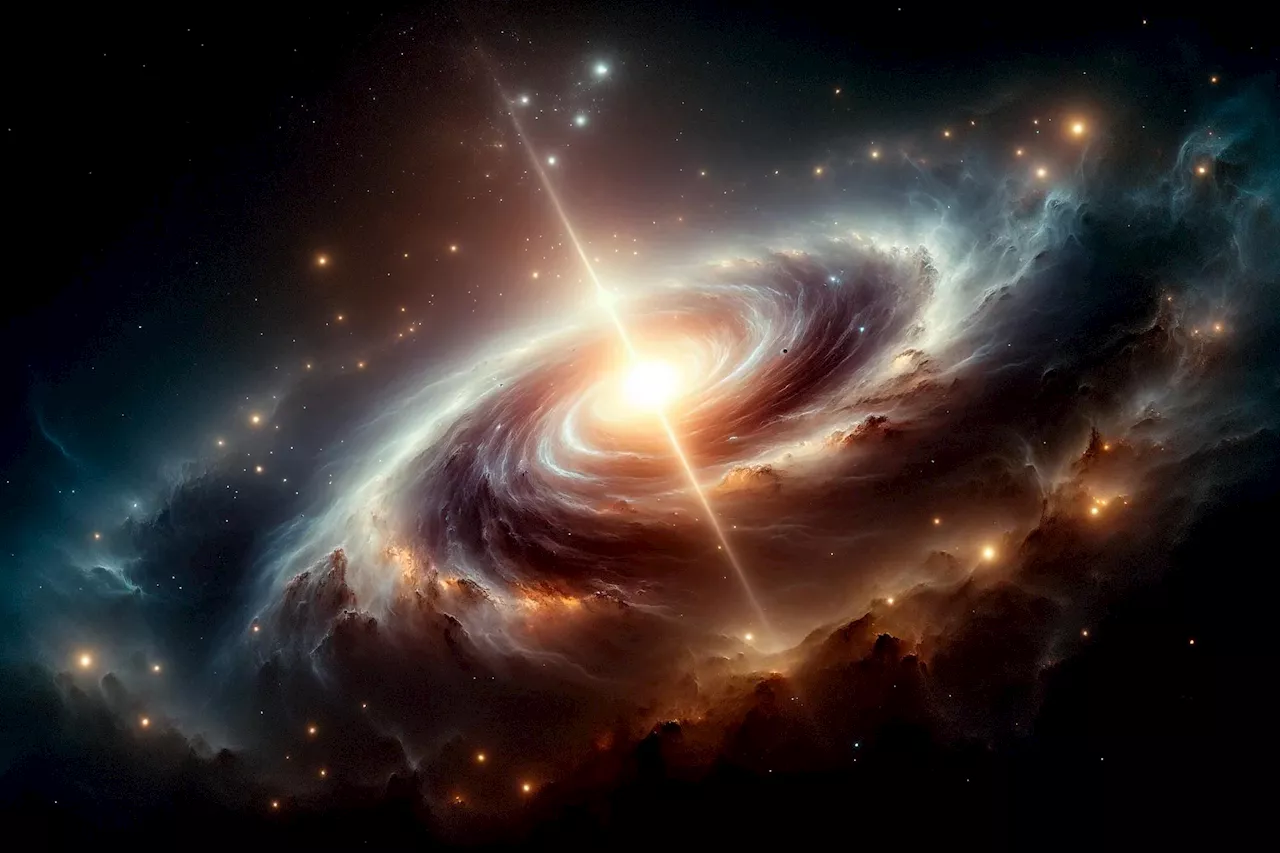The region near the Milky Way’s centre is dominated by the supermassive black hole that resides there. Sagittarius A*’s overwhelming gravity creates a chaotic region where tightly packed, high-speed stars crash into one another like cars in a demolition derby. These collisions and glancing blows change the stars forever. Some become strange, stripped-down, low-mass stars, while others gain new life.
The region near the Milky Way ’s centre is dominated by the supermassive black hole that resides there. Sagittarius A* ’s overwhelming gravity creates a chaotic region where tightly packed, high-speed stars crash into one another like cars in a demolition derby. These collisions and glancing blows change the stars forever. Some become strange, stripped-down, low-mass stars, while others gain new life. Sgr. A* is about four million times more massive than the Sun.
With that much mass, the much smaller stars nearby are easily affected by the black hole’s powerful gravity and are accelerated to rapid velocities. In the inner 0.1 parsec, or about one-third of a light-year, stars travel thousands of kilometres per second
Milky Way Supermassive Black Hole Sagittarius A* Stars Gravity High Speeds
Indonesia Berita Terbaru, Indonesia Berita utama
Similar News:Anda juga dapat membaca berita serupa dengan ini yang kami kumpulkan dari sumber berita lain.
 New Image Exposes Intense Magnetic Field of the Milky Way's Supermassive Black HoleThe magnetic field lines of our galaxy's central black hole are answering some questions about black hole structure.
New Image Exposes Intense Magnetic Field of the Milky Way's Supermassive Black HoleThe magnetic field lines of our galaxy's central black hole are answering some questions about black hole structure.
Baca lebih lajut »
 Sleeping supermassive black holes awakened briefly by shredded starsA new investigation into an obscure class of galaxies known as Compact Symmetric Objects, or CSOs, has revealed that these objects are not entirely what they seem. CSOs are active galaxies that host supermassive black holes at their cores.
Sleeping supermassive black holes awakened briefly by shredded starsA new investigation into an obscure class of galaxies known as Compact Symmetric Objects, or CSOs, has revealed that these objects are not entirely what they seem. CSOs are active galaxies that host supermassive black holes at their cores.
Baca lebih lajut »
 Sleeping supermassive black holes awakened briefly by shredded starsAstronomers have concluded that an obscure class of galaxies known as Compact Symmetric Objects, or CSOs, are not young as previously thought but rather lead relatively short lives.
Sleeping supermassive black holes awakened briefly by shredded starsAstronomers have concluded that an obscure class of galaxies known as Compact Symmetric Objects, or CSOs, are not young as previously thought but rather lead relatively short lives.
Baca lebih lajut »
 Supermassive black hole’s mysterious hiccups' likely caused by neighboring black hole's 'punches'Robert Lea is a science journalist in the U.K. whose articles have been published in Physics World, New Scientist, Astronomy Magazine, All About Space, Newsweek and ZME Science. He also writes about science communication for Elsevier and the European Journal of Physics. Rob holds a bachelor of science degree in physics and astronomy from the U.K.
Supermassive black hole’s mysterious hiccups' likely caused by neighboring black hole's 'punches'Robert Lea is a science journalist in the U.K. whose articles have been published in Physics World, New Scientist, Astronomy Magazine, All About Space, Newsweek and ZME Science. He also writes about science communication for Elsevier and the European Journal of Physics. Rob holds a bachelor of science degree in physics and astronomy from the U.K.
Baca lebih lajut »
 New research traces the fates of stars living near the Milky Way's central black holeDespite their ancient ages, some stars orbiting the Milky Way's central supermassive black hole appear deceptively youthful. But unlike humans, who might appear rejuvenated from a fresh round of collagen injections, these stars look young for a much darker reason.
New research traces the fates of stars living near the Milky Way's central black holeDespite their ancient ages, some stars orbiting the Milky Way's central supermassive black hole appear deceptively youthful. But unlike humans, who might appear rejuvenated from a fresh round of collagen injections, these stars look young for a much darker reason.
Baca lebih lajut »
 Quasar Conundrum: Brilliant Supermassive Black Hole Defies ExpectationsScience, Space and Technology News 2024
Quasar Conundrum: Brilliant Supermassive Black Hole Defies ExpectationsScience, Space and Technology News 2024
Baca lebih lajut »
